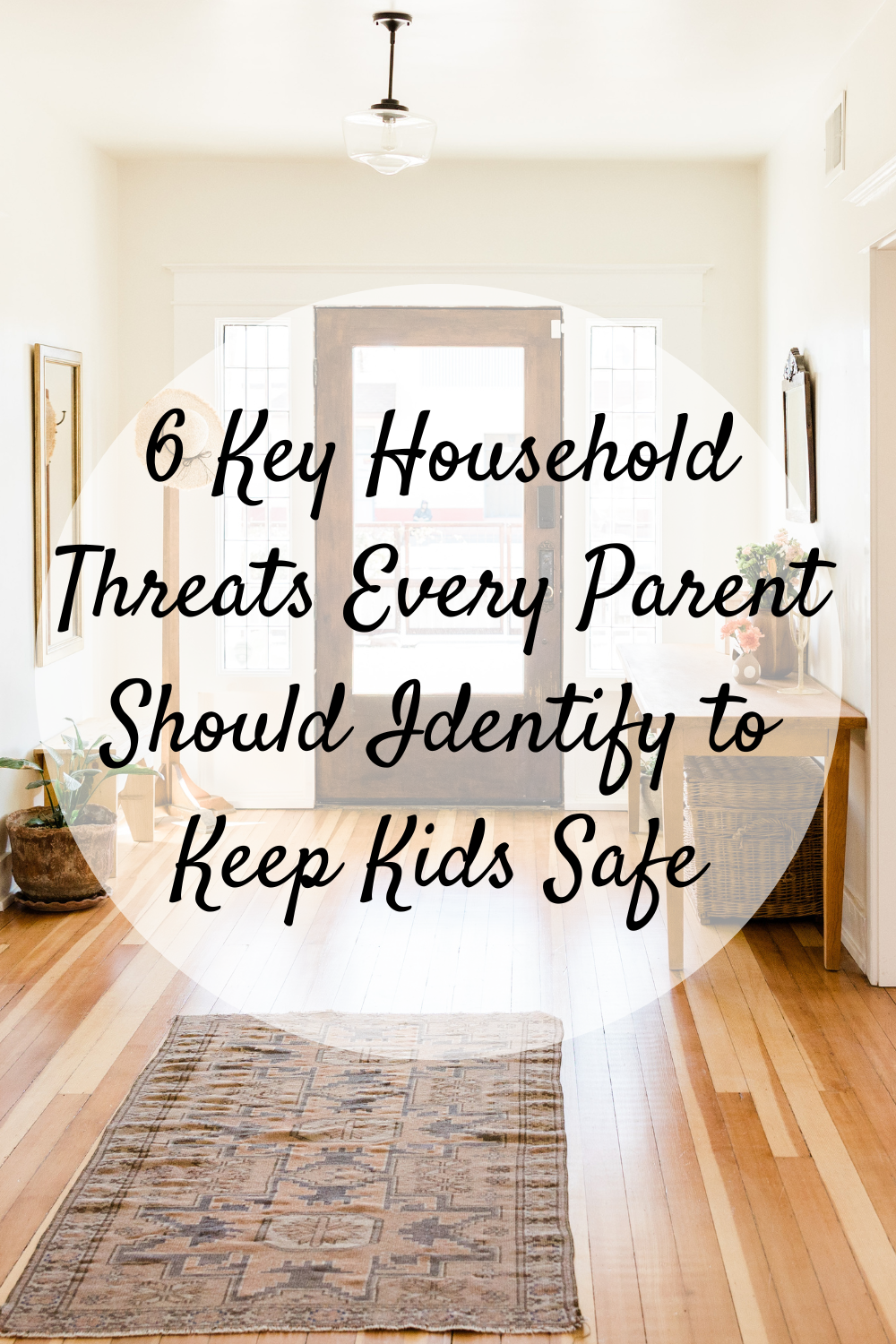

From the moment your children begin to explore their surroundings, it’s crucial to be aware of potential hazards lurking within your home. Ensuring the safety of your children is paramount. Identifying typical household dangers is the initial step in establishing a safe environment for their well-being. In this article, we’ll discuss six key household dangers that every parent should be able to identify to keep their kids safe.
When it comes to protecting your home from fire hazards, it’s crucial to stay vigilant. Keep an eye out for potential sources of ignition, such as overloaded electrical outlets or unattended candles.
When selecting fire extinguishers for your home, you must choose the right type. For instance, aqueous film-forming foam (AFFF) contains toxic chemicals that can pose serious health risks, including carcinogenic properties, according to TorHoerman Law. In fact, recent incidents have highlighted its severe effects, with multiple individuals developing cancer and other serious health conditions.
Individuals who faced such effects suffered significant financial and emotional losses. However, with the assistance of skilled lawyers, they are now empowered to file a firefighting foam lawsuit to receive much-needed compensation. These legal actions also aim to increase awareness about the adverse effects of these firefighting foams, helping others avoid similar complications.
According to the U.S. Centers for Disease Control and Prevention (CDC), approximately one out of every six Americans falls ill due to foodborne illnesses annually. This highlights the importance of addressing poisonous substances in your home. Proper food handling and storage are crucial in preventing these illnesses.
Keep toxic substances like cleaning supplies and medications out of children’s reach. Store them in locked cabinets to avoid accidental ingestion. Use child-resistant packaging for all hazardous materials. Regularly check your home for potential poisons and dispose of expired products safely. By being proactive, you can protect your family from the dangers of poisonous substances.
Small objects like toys, coins, and certain foods can pose significant risks. Always supervise your children during meals and playtime to prevent choking accidents. Avoid giving young children hard-to-chew foods like nuts, grapes, and hard candy. Keep small objects out of reach and regularly check your home for potential choking hazards. By staying vigilant, you can protect your children from choking dangers.
According to Statista, in 2022, there were about 5,554 choking deaths in the U.S. Choking-related deaths are more common in older individuals, with food most frequently responsible for such incidents. The possibility of death from choking on food is about 1 in 2,659. Recognizing choking risks is essential to prevent these tragic incidents, especially in children and vulnerable adults.
Young children often suffer injuries from falls, a prevalent issue. To prevent accidents, install safety gates at the top and bottom of the stairways. Additionally, on slippery surfaces, like bathroom floors, use non-slip mats and secure rugs to avert tripping hazards.
Keep floors free of toys, clutter, and other obstacles that could cause falls. Arrange furniture so that it provides stable support for children learning to walk. Supervise children closely, especially in high-risk areas like stairs and playgrounds. Teach them to use handrails when going up and down stairs.
According to the Electrical Safety Foundation, 2,400 children in the U.S. are treated annually for injuries from electrical outlets. Nearly one-third of parents with young children haven’t childproofed their outlets. Of those who do, 86% use plastic outlet caps. A Temple University study found that all 2–4-year-olds could remove one type of plastic outlet cap within 10 seconds. Identifying electrical dangers is crucial for safeguarding your child against this common household threat.
Electrical dangers pose a significant risk to young children. Ensure all electrical outlets are properly covered with secure, tamper-resistant outlet covers. Avoid using plastic outlet caps, as they can be easily removed by toddlers. Regularly check outlets and cords for damage or wear.
Drowning hazards are a significant risk for young children. Always supervise children closely around water, including bathtubs, pools, and even buckets. Install pool fences with self-latching gates to prevent unsupervised access. Ensure bathtubs and sinks are drained immediately after use. Use safety covers for pools and hot tubs when not in use. Keep bathroom doors closed and use doorknob covers to restrict access.
Learn CPR and basic water rescue techniques to be prepared for emergencies. Regularly inspect your home and outdoor areas for potential drowning hazards and address them promptly.
Ensure home safety by adhering to these five rules: Install and maintain smoke detectors. Keep emergency numbers accessible. Store hazardous materials securely. Use safety gates and outlet covers. Establish and practice a family emergency plan.
Ensure your children’s safety at home by supervising them closely. Secure hazardous items out of reach. Install safety gates and locks. Educate them about potential dangers. Regularly assess and address safety hazards.
Teach kids safety rules through clear communication. Use age-appropriate language and examples. Demonstrate safety practices and procedures. Encourage questions and discussions. Practice safety drills regularly for reinforcement.
In conclusion, safeguarding your home against these six key household threats is essential for keeping your kids safe. Stay vigilant, educate your family about safety measures, and take proactive steps to mitigate risks. With proper awareness and preventive measures in place, you can ensure a safer and happier.
If you've ever mailed a check, you know the routine. Envelope. Stamp. Send it and…
Each time a smartphone upgrade cycle completes or a computer reaches the end of its…
If you know anything about Minecraft, you are aware of its popularity among video games…
Spring is here, the weather is getting warmer and we’re just a handful of weeks…
What if the secret to lasting health isn’t just in prescriptions, but in the way…
What transforms a house into a home that truly reflects your personality, lifestyle, and aspirations?…
This website uses cookies.